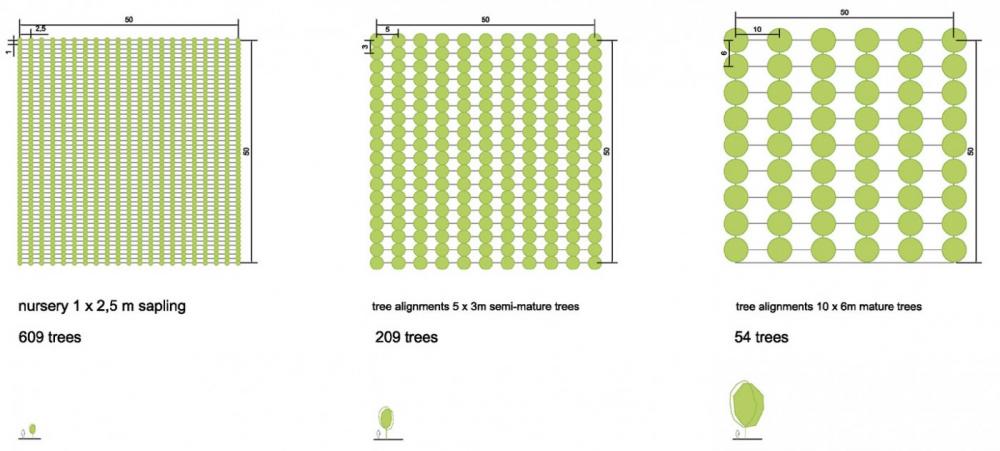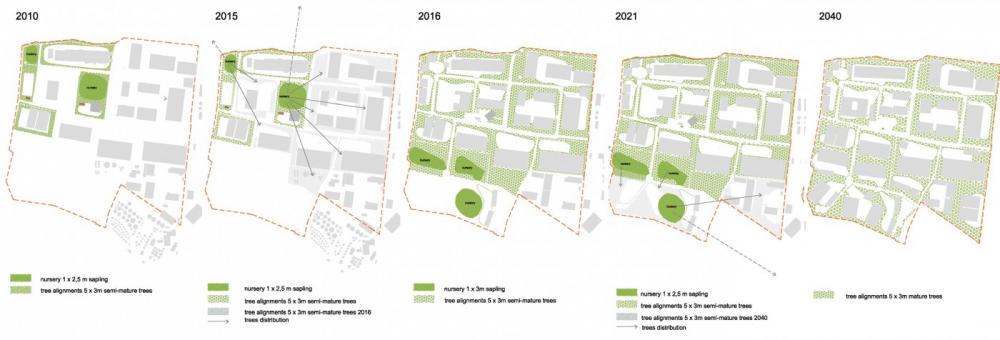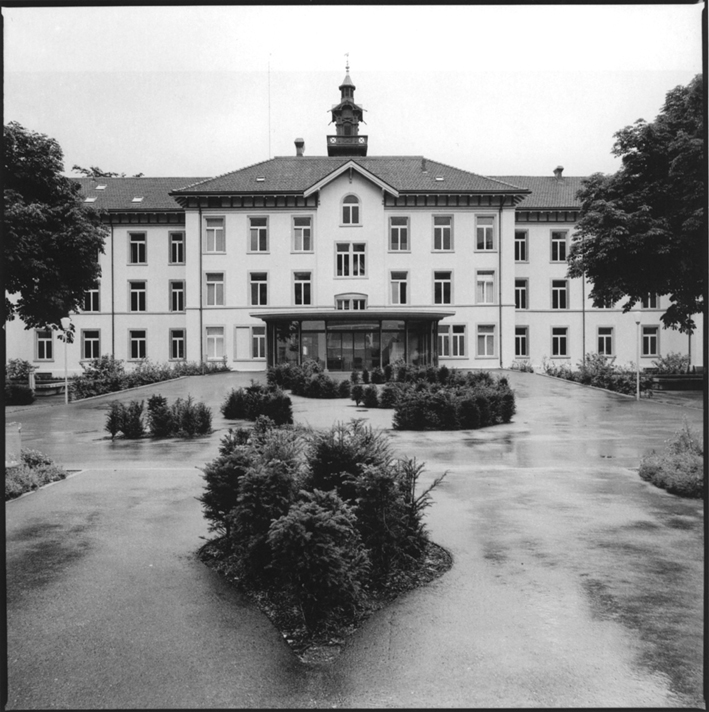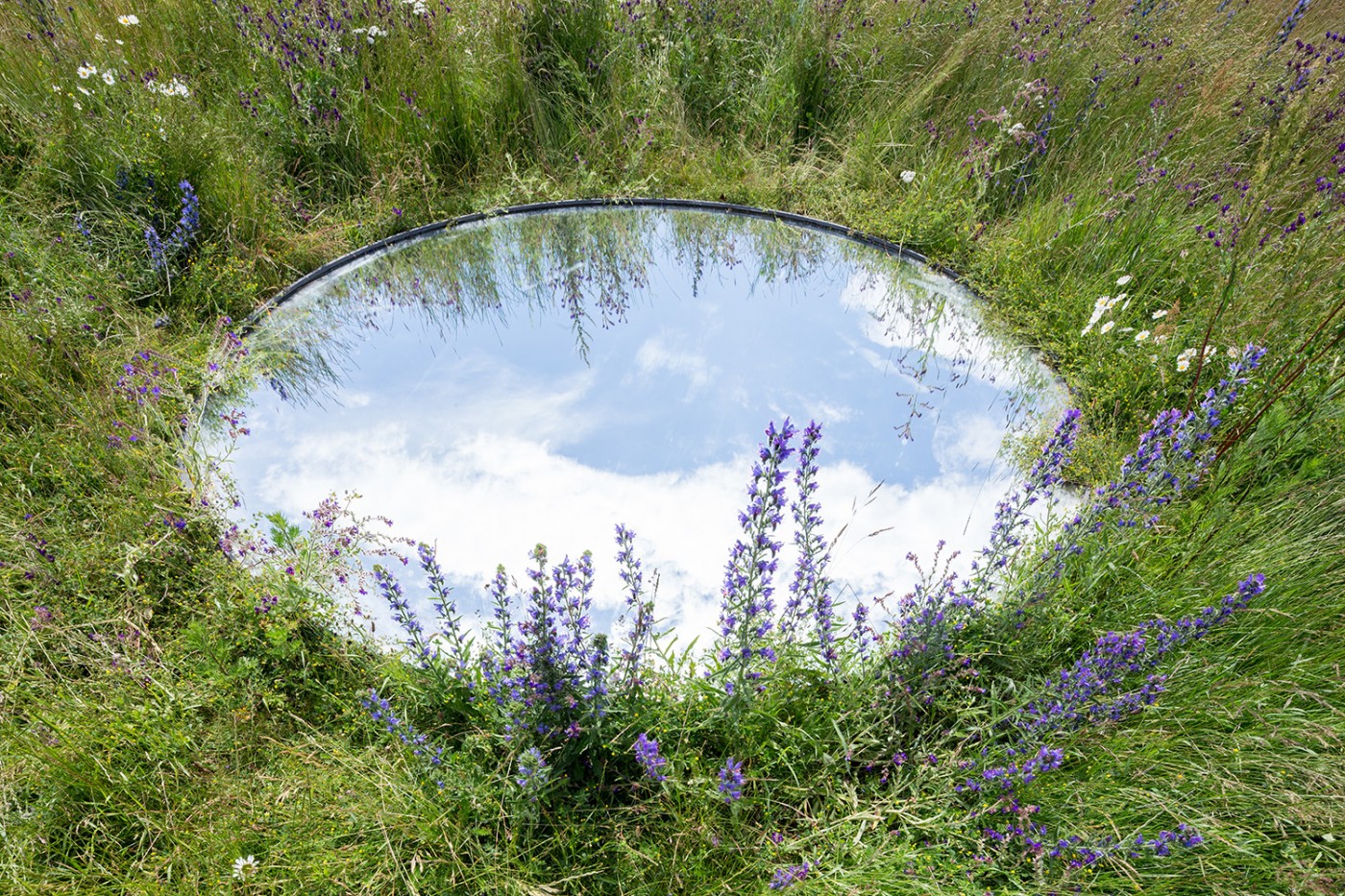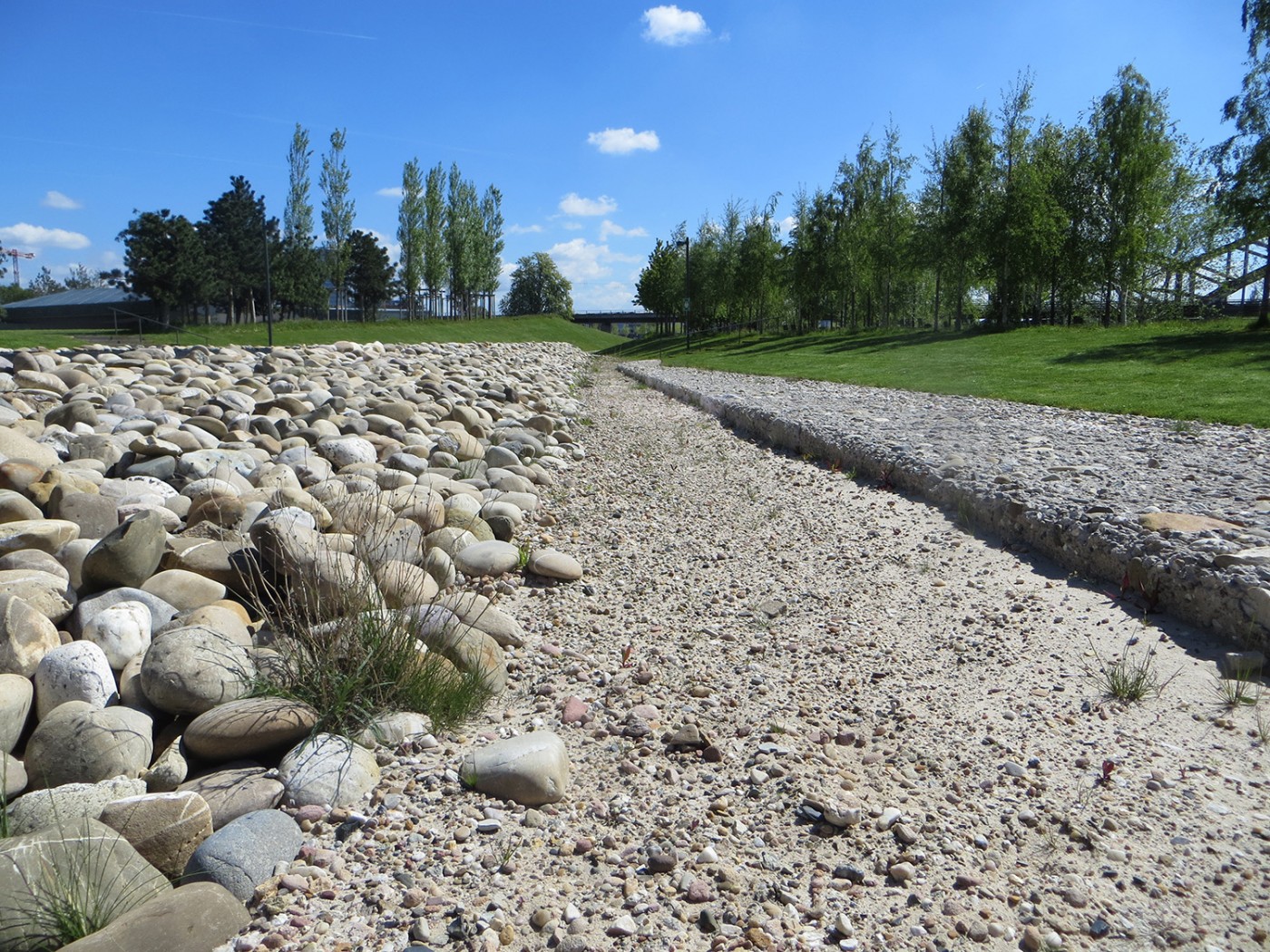
At the Dagenham Docks in East London, the river Thames meets residential and industrial zones. With this meeting comes a clash of conflicting demands onto the exterior space.
The development concept therefore embeds the industrial park in a comprehensive exterior design that is sustainable on multiple levels. The core area enables flexible industrial use that allows for spatial and technical synergies. Another component of the concept is the linking of the ensemble with the surrounding residential areas and the existing secondary ecosystems, allowing the area to attain its own urban identity rooted in a local context.
The landscape design refers to former and new elements of the landscape as well as of the city and seeks to preserve valuable secondary biotopes, incorporating them into the new concept. The two main points of reference of the concept are the original alluvial landscape along the banks of the Thames, and the tree nursery which not only supplies trees for the surroundings in a quick and sustainable manner, but also serves as an overall design aspect. Providing analogies to the alluvial forest by the choice of species and to the industrial zone due to the aspect of production and form, the tree nursery is reinterpreted as a kind of missing link between alluvial forest and industrial zone.
The result is a regular tree grid covering the entire perimeter. It is a highly adaptable new type of urban forest, in which clearings for industrial use can be created at need. Where unused areas become vacant, trees from the tree nurseries or other parts of the perimeter fill the gaps in the grid of trees. This amounts to an urban landscape, that vacillates between forest and tree nursery, pragmatic land-use-concept and high-quality habitat for residents, between old trees as indivuduals and the young nursery trees as mass-produced industrial articles.



